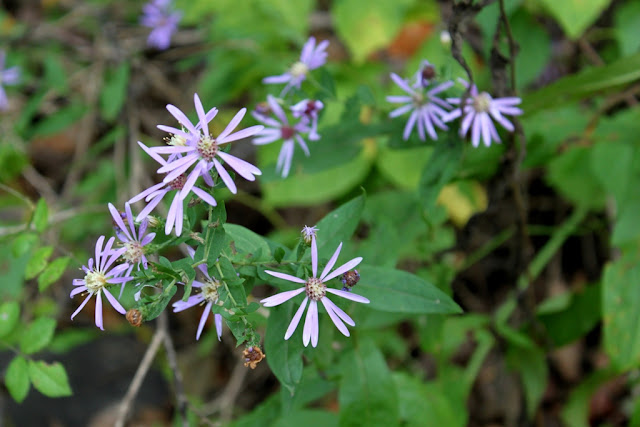My days and evenings have been busier than usual and tonight will be no exception. Heavy rain is predicted for tomorrow, perhaps as much as 4 inches of it. So tonight I need to secure my chicken pen to keep the girls from the worst of the rain. During the summer their pen was open to the elements, except for a mesh tarp over top to shade them and keep predators away.
Now that fall is here and the rains are beginning, it’s time to readjust their living quarters. Weather being what it is, this is a job that I don’t start until it’s needed, and the calendar isn’t a good predictor of when the job is needed. So tonight in the ever-shorter evenings, I will be out there attaching and tieing more tarps and plywood to the pen so they can remain comfortable through the coming tropical depression.
The girls will end up wet and mud-soaked even so, as they like to play in mud and water and dig holes and do other fun chicken things. But by nightfall, they like their sleeping quarters to be dry or at least dryer. And because they daily provide me with such wonderful brown eggs and because they are sweet-tempered and gentle, I do my best to see to their comfort. Sometimes I think they are 8 of the world’s most spoiled chickens, but they more than earn their keep and deserve good care.
So tonight will be “chicken night” for me on the mountain. The wild birds (and all the other residents and plants) will have to wait for another day.
























